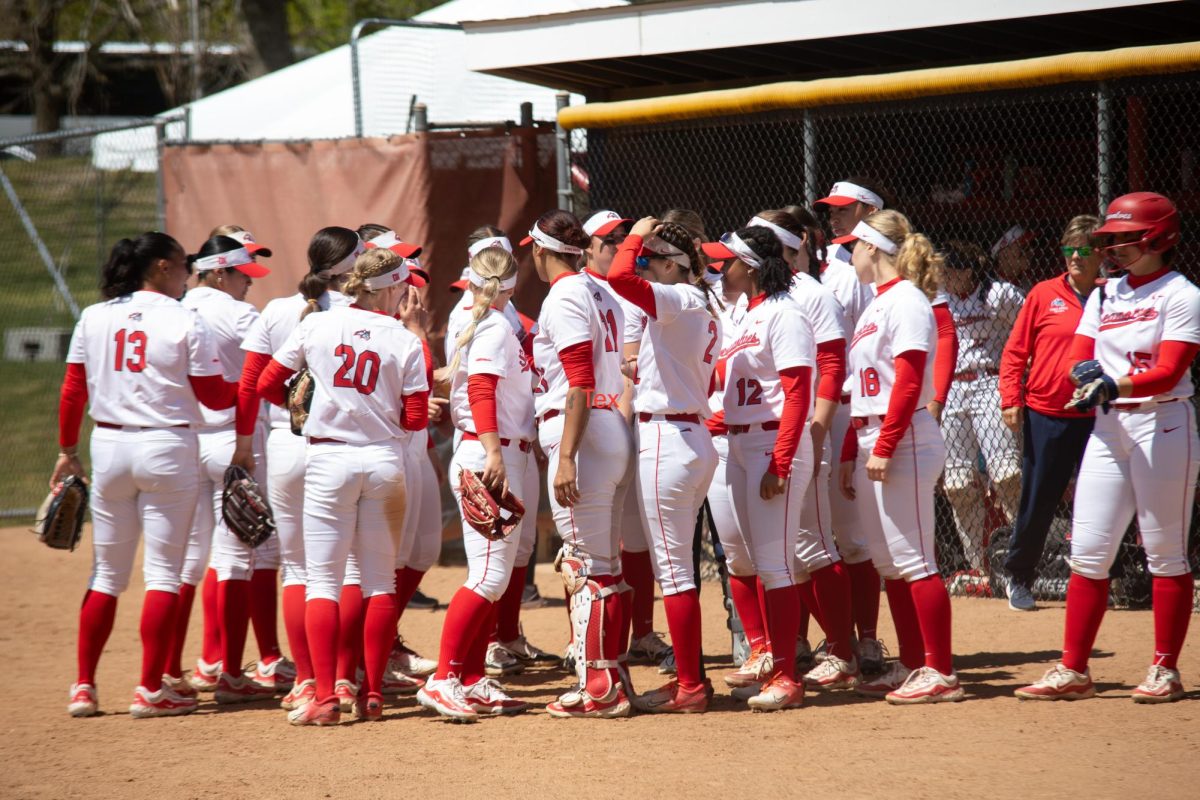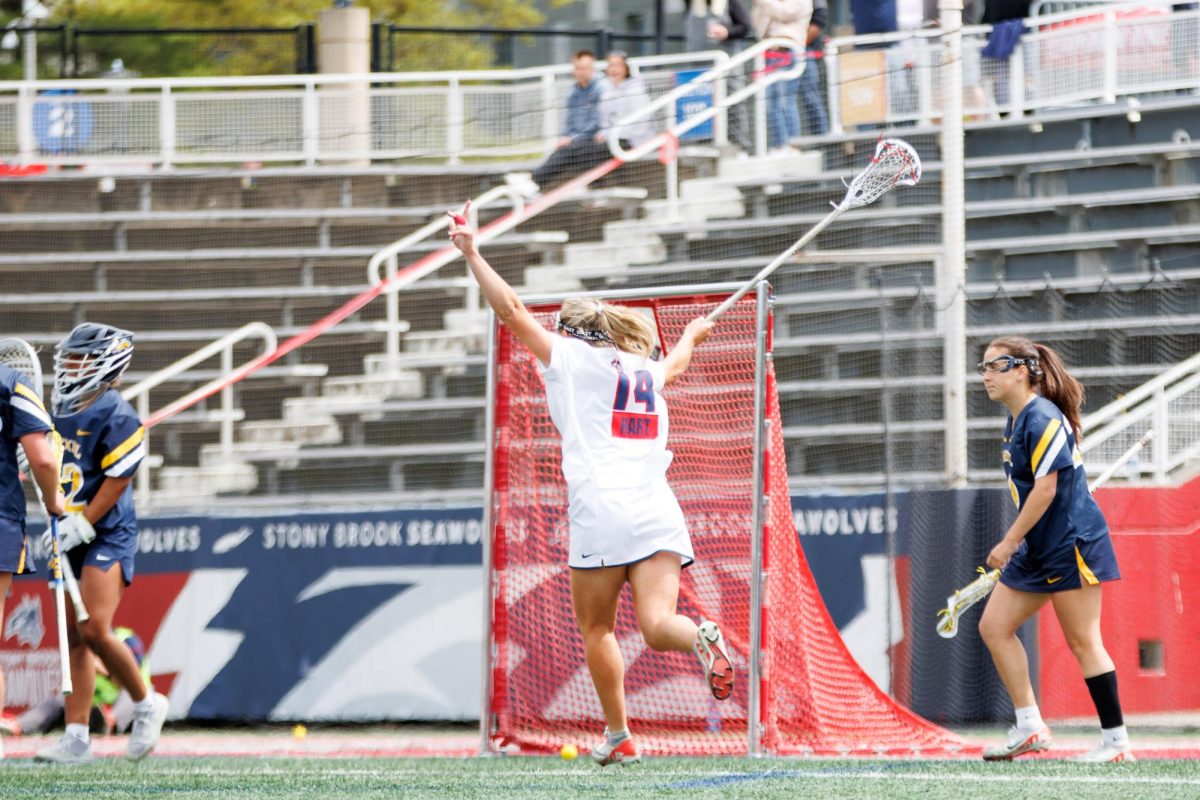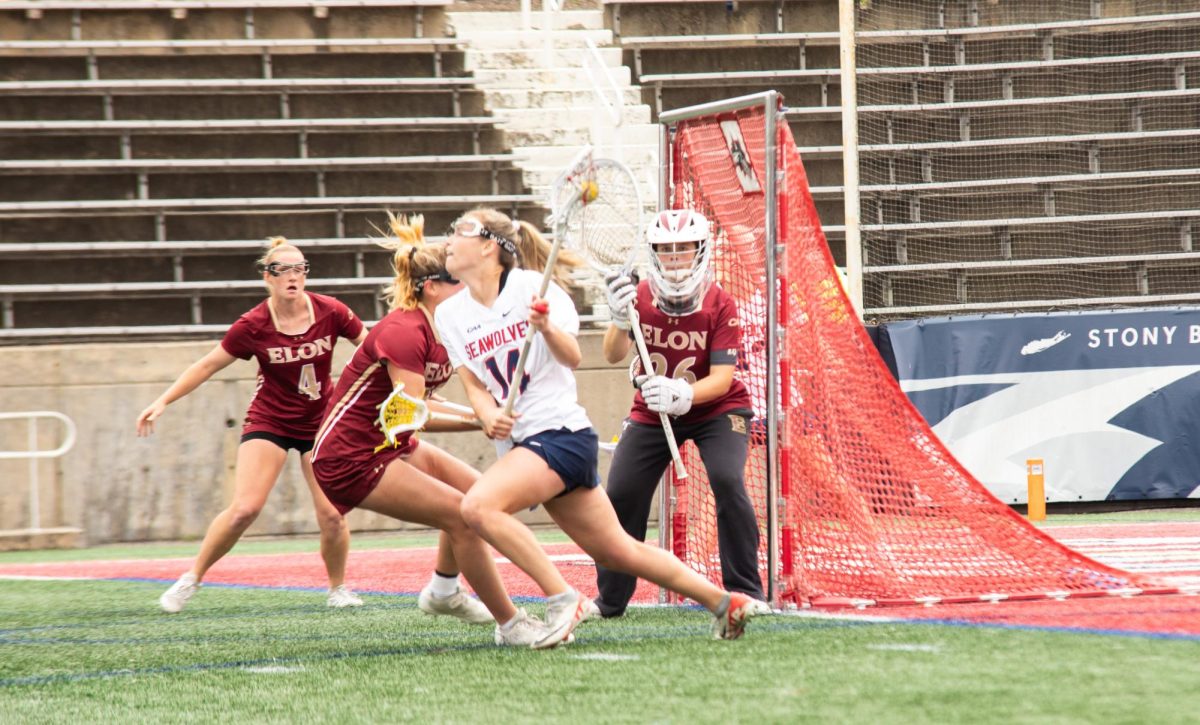
Energy, determination and drive. Those were just a few of the words used to describe John S. Toll, the second president of Stony Brook University, who passed away on July 15 due to natural causes. To his friends though, he was just ‘Johnny.’
Toll was born on Oct. 25, 1923, in Denver, Colorado. He graduated with honors from Yale University in 1944 and then earned his masters from Princeton University in 1952. In 1953, he joined the University of Maryland as chair of the department of physics and astronomy.
“He was a legendary guy because he did something never done before,” said Drew Braden, current chairman of the department of physics and astronomy at the University of Maryland. “His first job out of graduate school was the president of the physics department. The president [of the University of Maryland] wanted him to build the physics department. We became what we became because of what John Toll did when he was here. He built stuff that wasn’t there before.”
He left the University of Maryland in 1965 when he came to Stony Brook University to become the university’s second president. During his 13-year reign as president, the student population grew from 1,800 to 17,000.
“The history of Stony Brook has been building on the legacy he established,” said Shirley Strum Kenny, the fourth president of Stony Brook University. “The first thing he did was attract C.N. Yang from Princeton, which was a very elite institute, to Stony Brook, which was basically mud and a few buildings.”
In 1965, Yang, a theoretical physicist, was offered the position of Directorship of the Institute for Advanced Study at Princeton. He declined that offer. Around that time, Yang was also offered the position of the head of an Institute of Theoretical Physics at Stony Brook University, an offer extended by Toll.
“My wife and I brought our two younger children, Gilbert and Eulee, with us to visit Stony Brook in the spring of 1965,” wrote Yang in his book “Selected Papers with Commentary.” “It captured our hearts.”
Yang accepted the position at the university and stayed over 30 years in the physics department.
George Sterman, director of the C.N. Yang Institute for Theoretical Physics at Stony Brook University, said that he feels lucky to have benefitted from what Toll built.
“He could recognize people with tremendous ability and give them the freedom they needed,” Sterman said. “That’s kind of his legacy. Apart of his great talent is creating an atmosphere where people can shine.”
Toll was president of the university during a volatile era of student protests. There was student unrest due to issues that included the Vietnam War and overcrowding in dorm rooms. Demonstrations over these issues sometimes led to difficult conditions for Toll.
“In those days, for $25 you could have a lemon meringue pie thrown at anyone you wanted,” said Deborah Toll, his wife of 40 years. “So this pie came at him and he was making a speech in front of the Bridge to Nowhere. He was wearing a black wool overcoat and this pie dripped right over the side of his face and everything and he went on speaking without missing a word and students were standing around completely abashed. It was funny.”
Times might have been tense, but that didn’t mean Toll shied away from the students. Peter Kahn, chairman of the physics department at Stony Brook University from 1974 to 1986, said Toll was very accessible to students.
“He would eat in the cafeteria with the students,” Kahn said. “He didn’t park in a special spot. Everything was the same, no special privileges. He was very accessible as president, which isn’t the same now.”
Toll left Stony Brook University in 1978 to return to the University of Maryland, this time as president. Then in 1988, he became the chancellor of the University of Maryland System. In 1995, he began a 10-year reign as president of Washington College.
One thing that all of his colleagues, friends and family seem to agree on is the type of man Toll was both on and off campuses.
“Everyone tells me [he was] upbeat, positive, encouraging,” Toll’s wife said. “He was so warm, kind, but infinitely persistent with very high standards.”
Kenny said that once Toll had a vision, he knew it was right and he was going to achieve it. Kahn said that he admired Toll’s honest intellect. To Baden, Toll always had a kind word and was a wonderful human being. And according to Sterman, Toll had the gift of listening.
“When you spoke with him you really felt he was listening to you,” Sterman said. “He made you feel like he was waiting his whole day just to have this conversation with you.”
As a family man, Toll said her husband was very quick with the children and participated in their events such as going to movies and dances.
Dacia Toll said her father was an unfailing model of a selfless yet incredibly joyful man. He asked for very little in large part because he genuinely felt very lucky.
The only regret she ever heard him voice was that he didn’t have more children. Dacia and her sister Caroline were his only daughters.
Of her relationship with Johnny, Mrs. Toll said, “Forty years, seems like yesterday. I can’t believe it has gone so quickly.”






